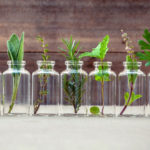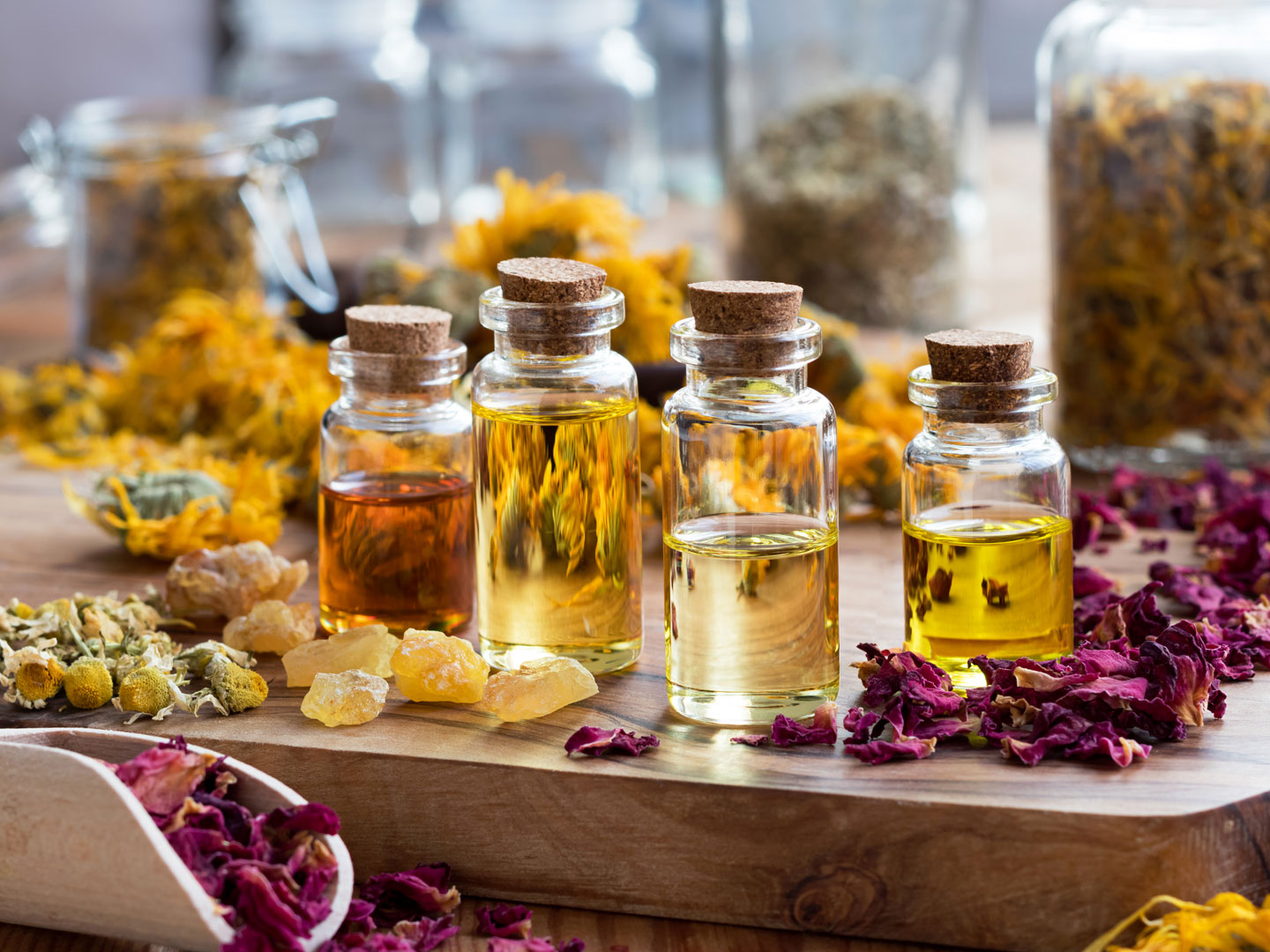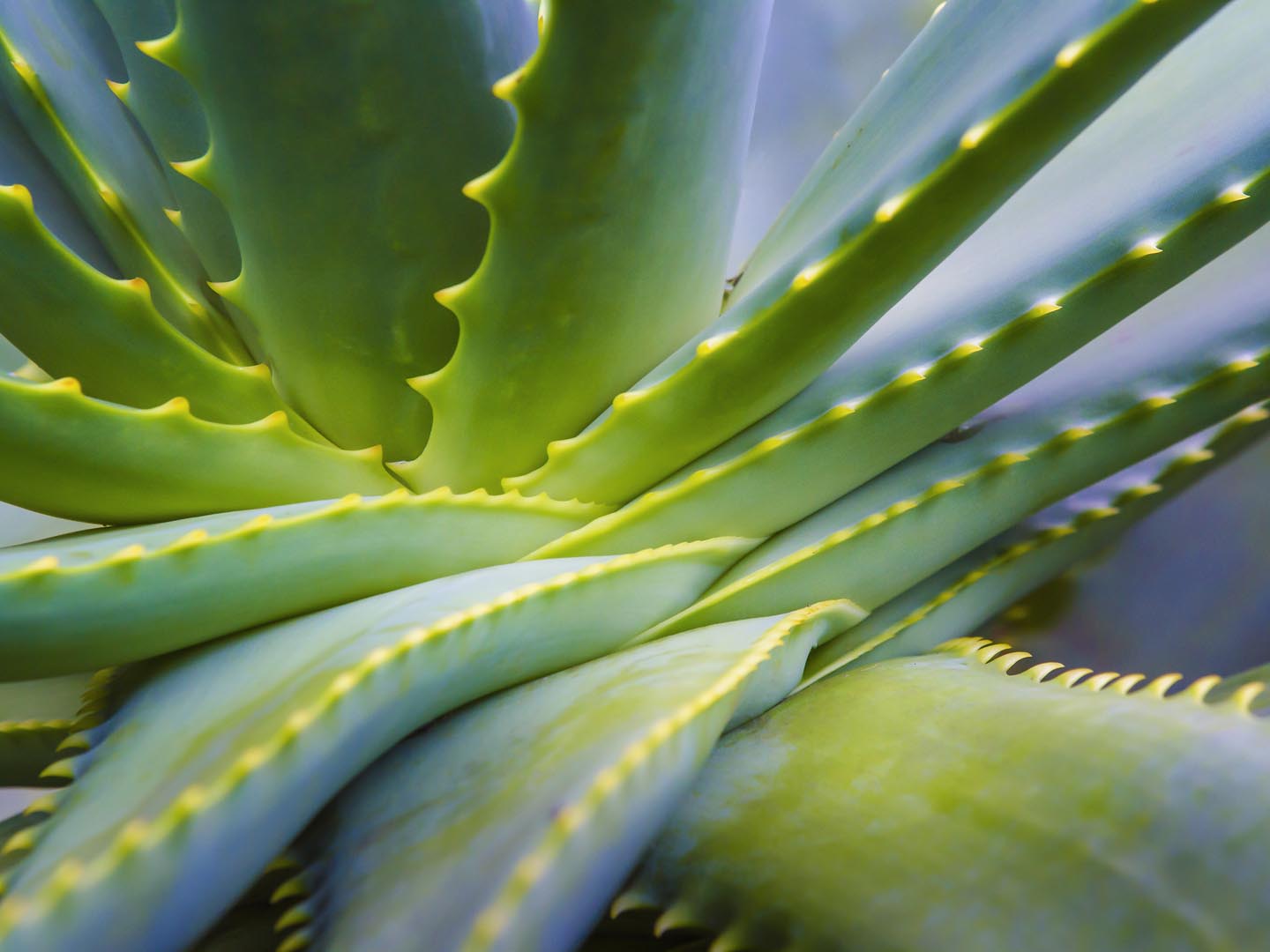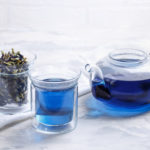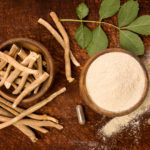Arnica
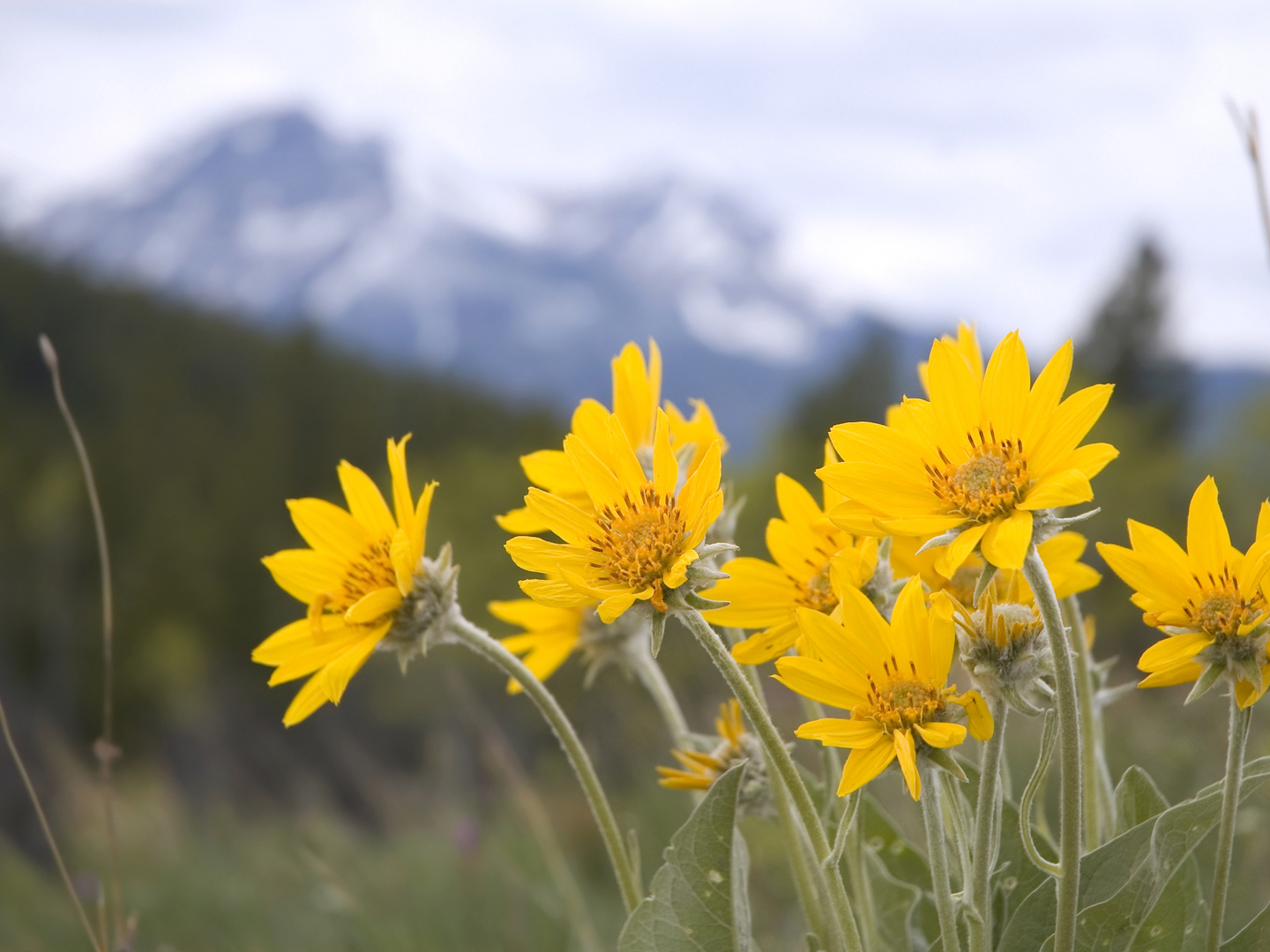
Arnica montana
Arnica comes from several species of the daisy-like genus Arnica, native to high mountains of western North America.
Used for:
Tincture of arnica is an external remedy for bruises, sprains, and sore muscles and joints. It is made by crushing whole plants and soaking them in alcohol.
Available in:
Tincture, homeopathic ointment, cream, salve and pills
Herb / drug interactions:
Some people are sensitive to the compound helenalin found in arnica. If you develop a mild rash, then you are probably helenalin-sensitive and should stop using arnica.
Other safety concerns:
Arnica is toxic if it gets inside the body. Never apply arnica in any form on broken skin or on an open wound. Never take arnica internally unless it’s in the form of homeopathic pills that contain too little arnica to cause harm.
When buying:
Look for pure arnica extract, homeopathic pills with 30x dilution, or topical applications. Both the plant and tincture have a characteristic, pleasant smell. You can buy tincture of arnica in herb stores and some drugstores.
Dosage:
External ointments and tinctures: Rub or massage arnica tincture freely onto injured area, only if skin isn’t broken. Arnica compresses: Mix 1 tablespoon of arnica tincture in 1 pint of purified water. Dip a gauze pad in the mixture, then put it on the arthritic joint or bruised area.
Homeopathic arnica pills: Pour 4 pills into the cap of the bottle, them toss them into your mouth, under the tongue. (Never handle homeopathic pills, in order to preserve their energetic qualities.) The pills can be taken every two hours for the first 24 hours after the injury, but not within a half-hour of eating. Use the 30x dilution as a first aid treatment for minor injury and prior to dental work to reduce bruising.
Child dosage:
Half the adult dose


